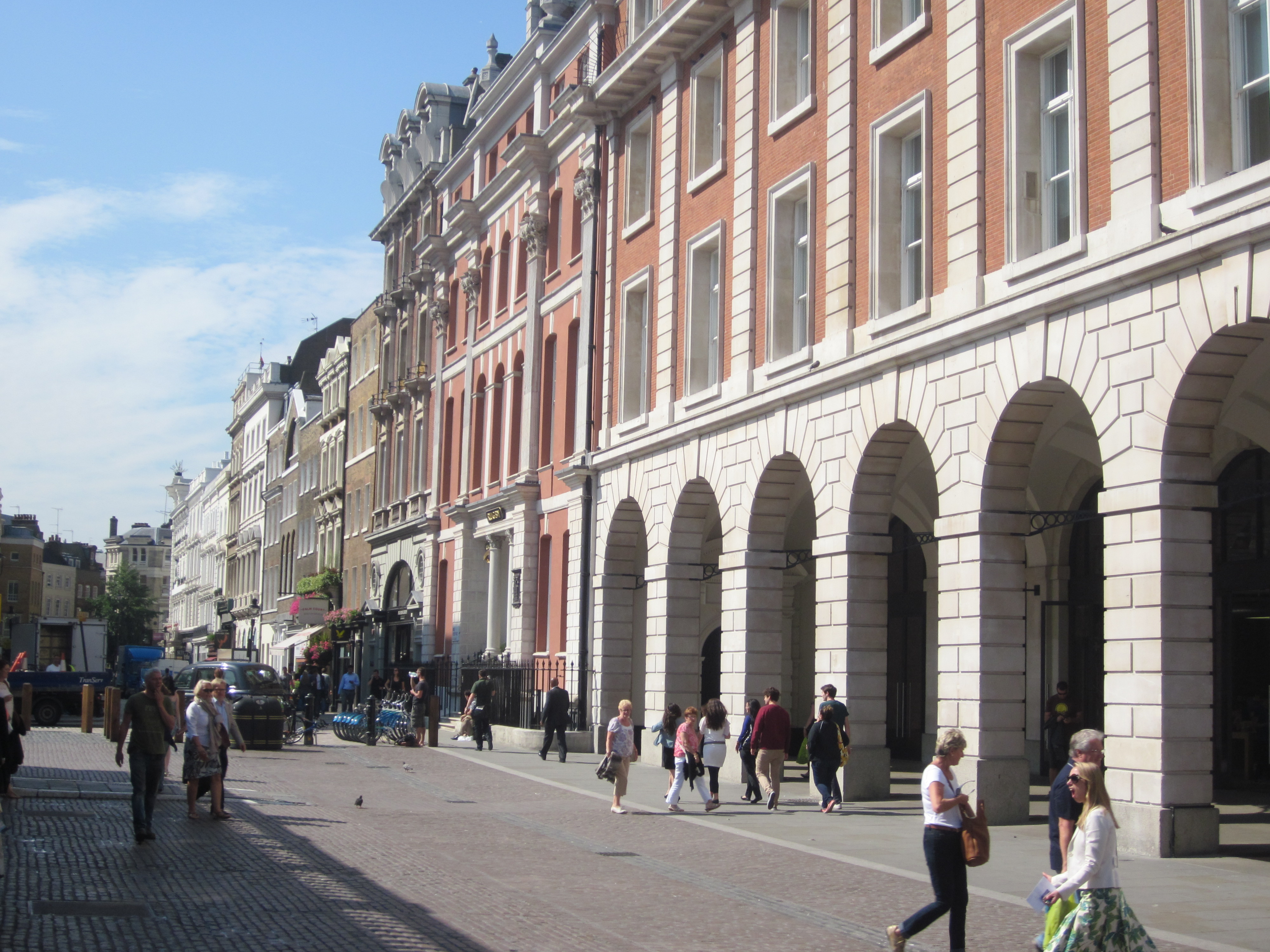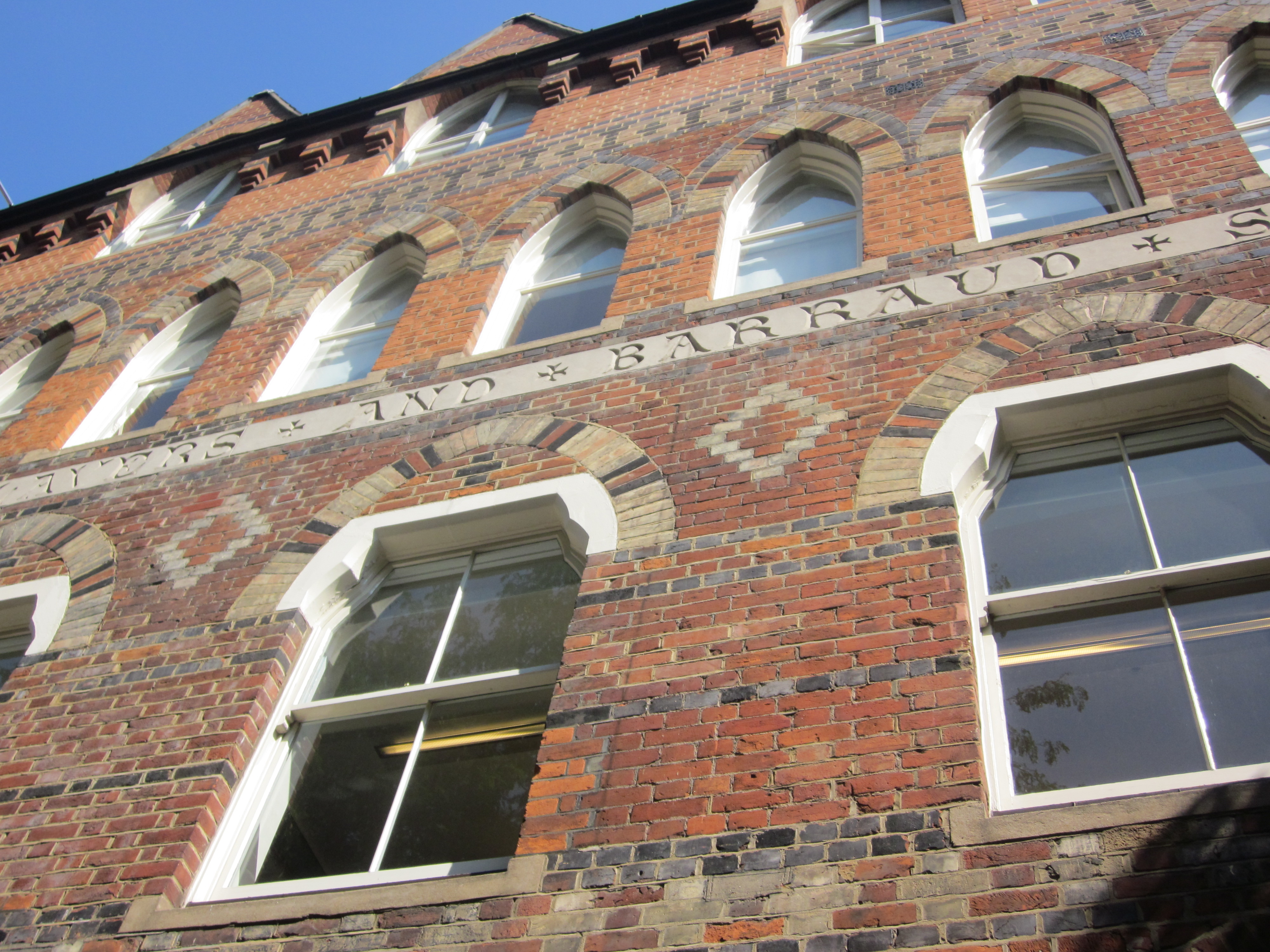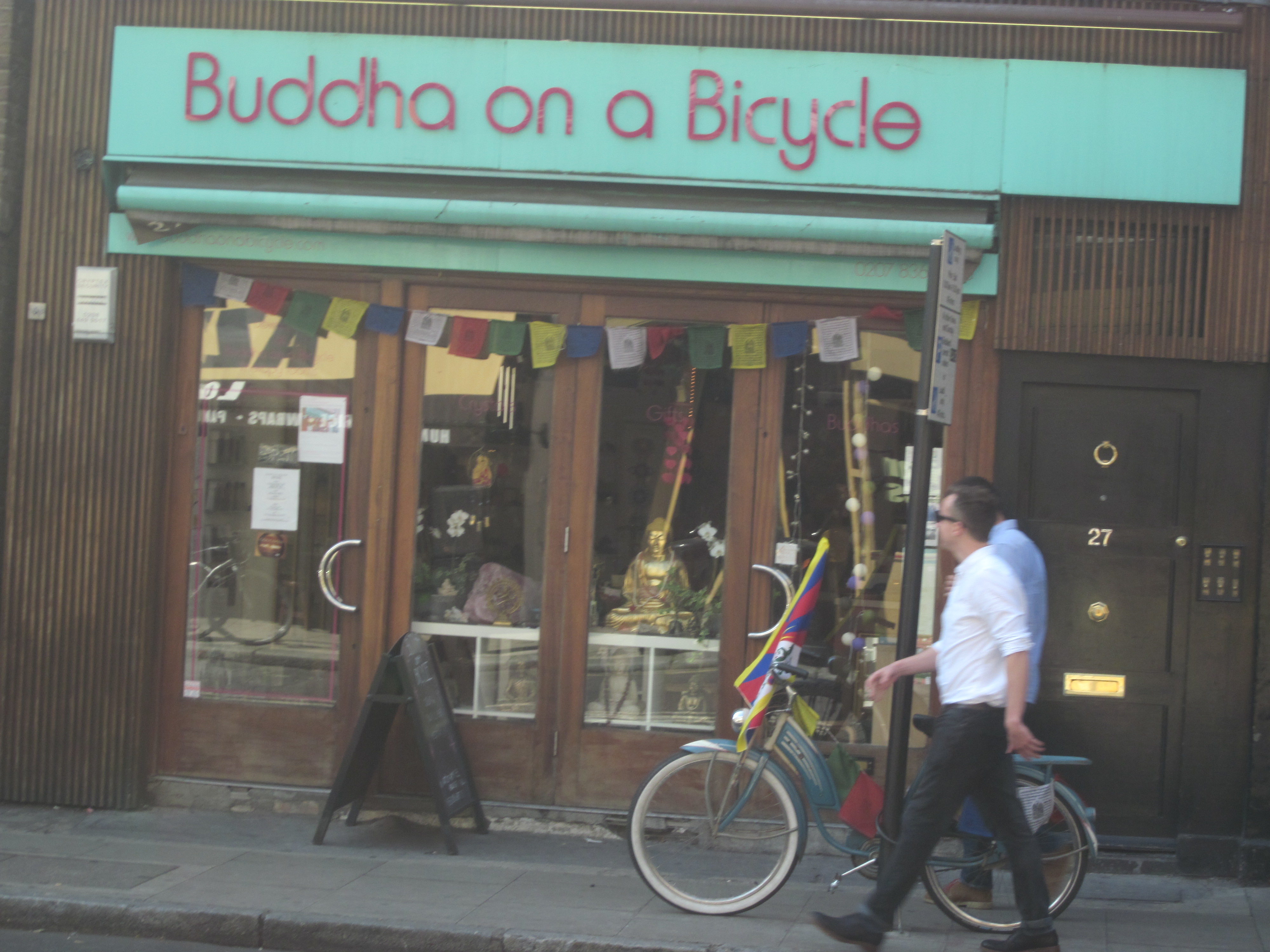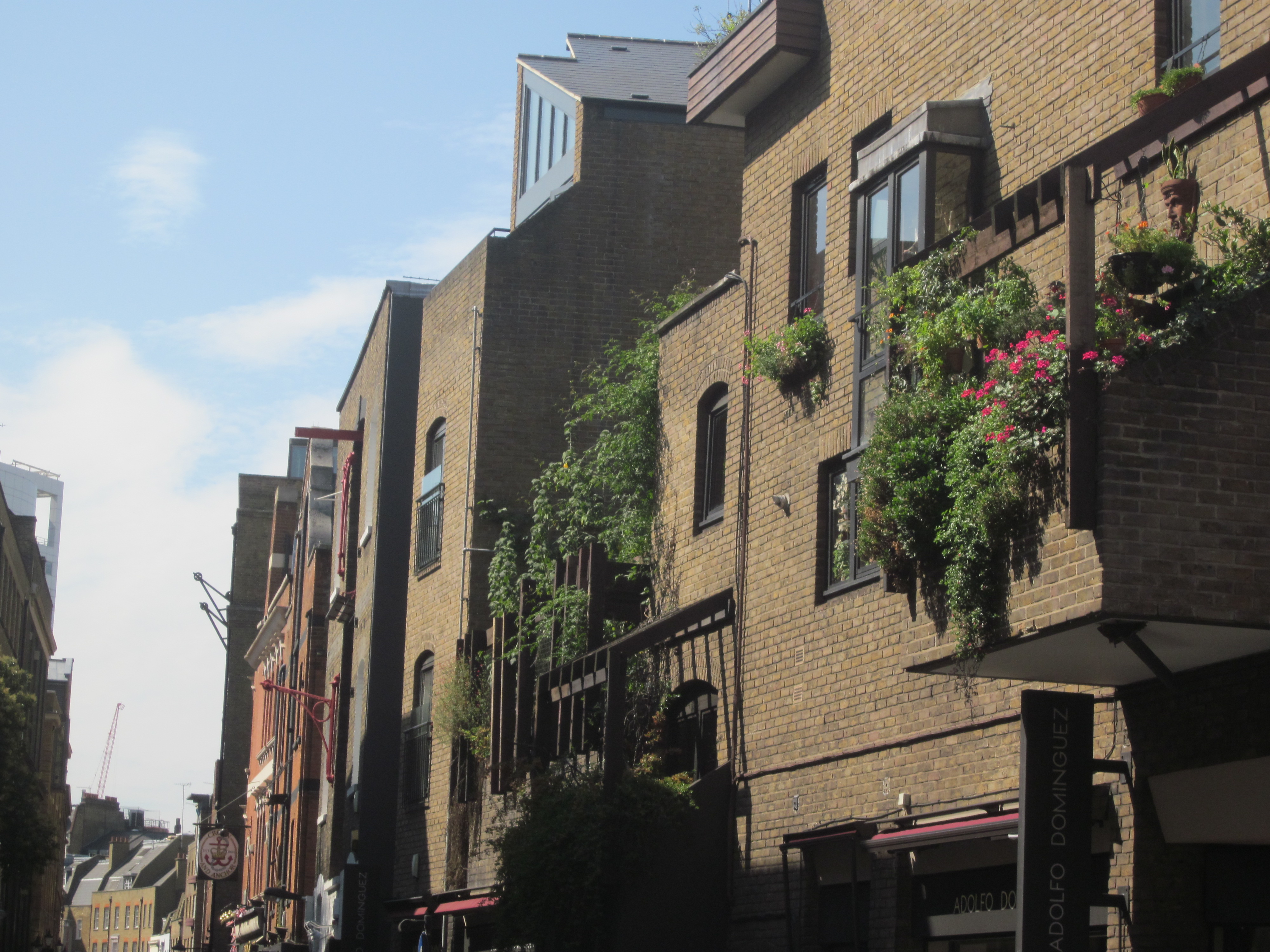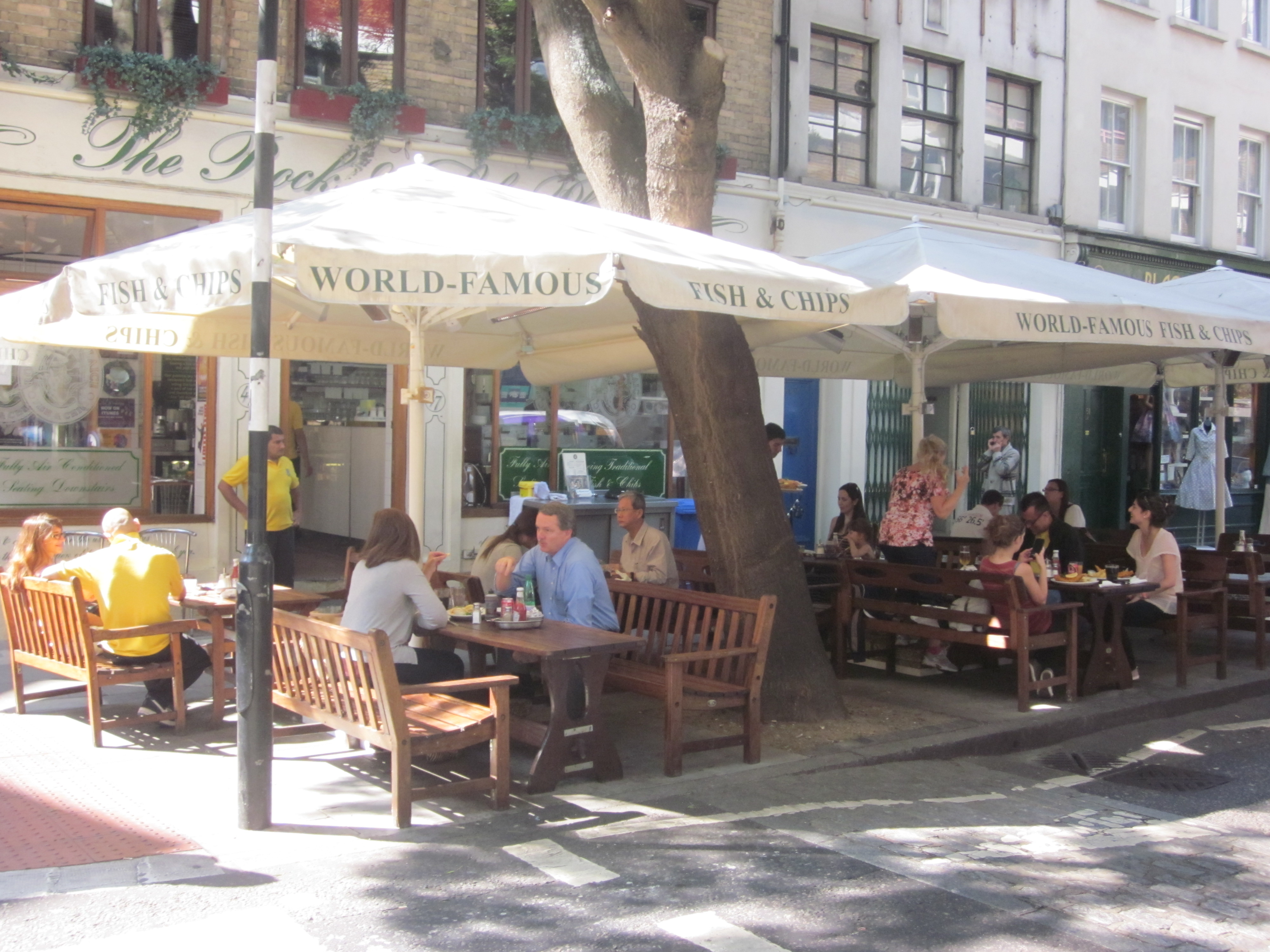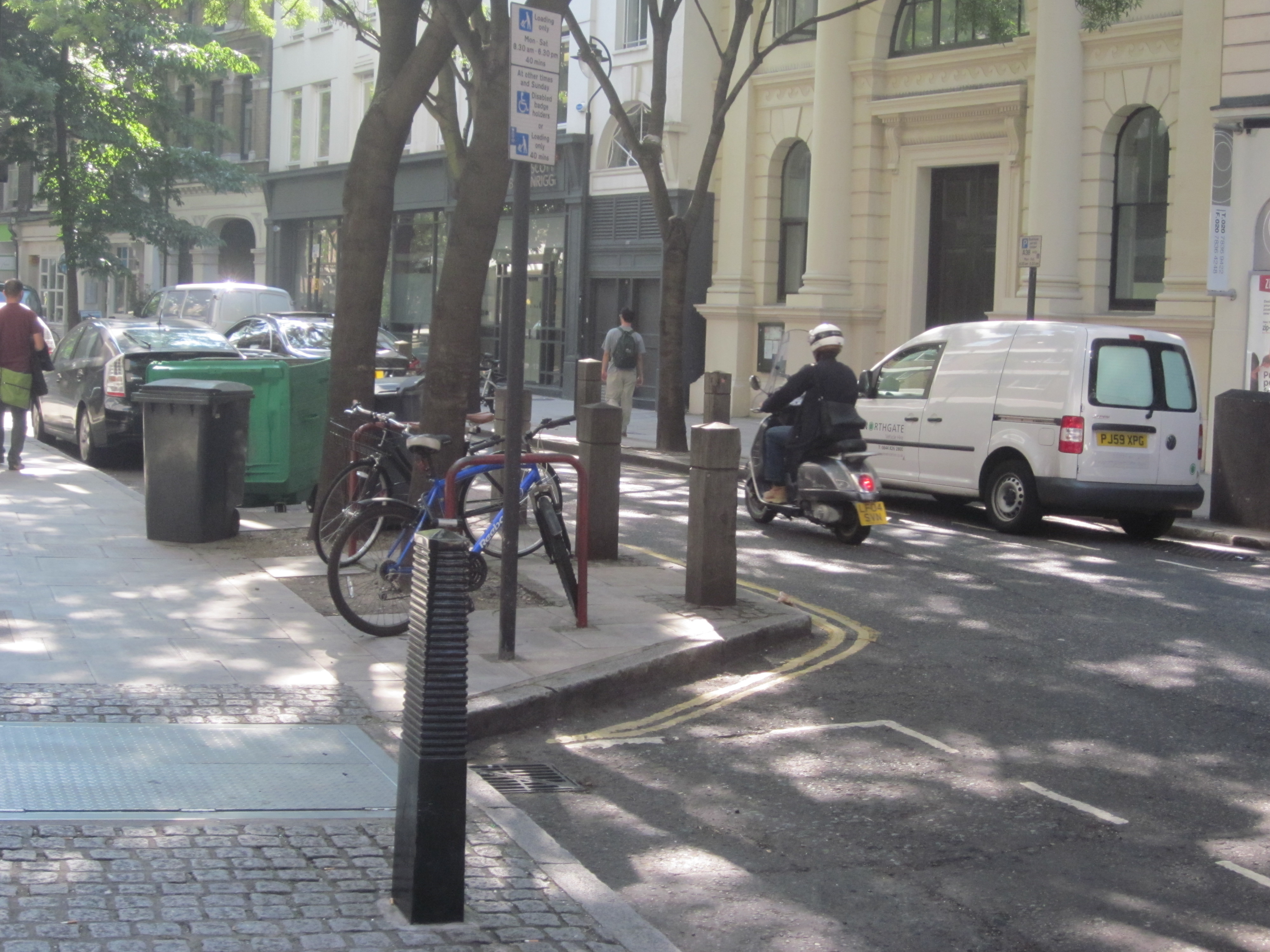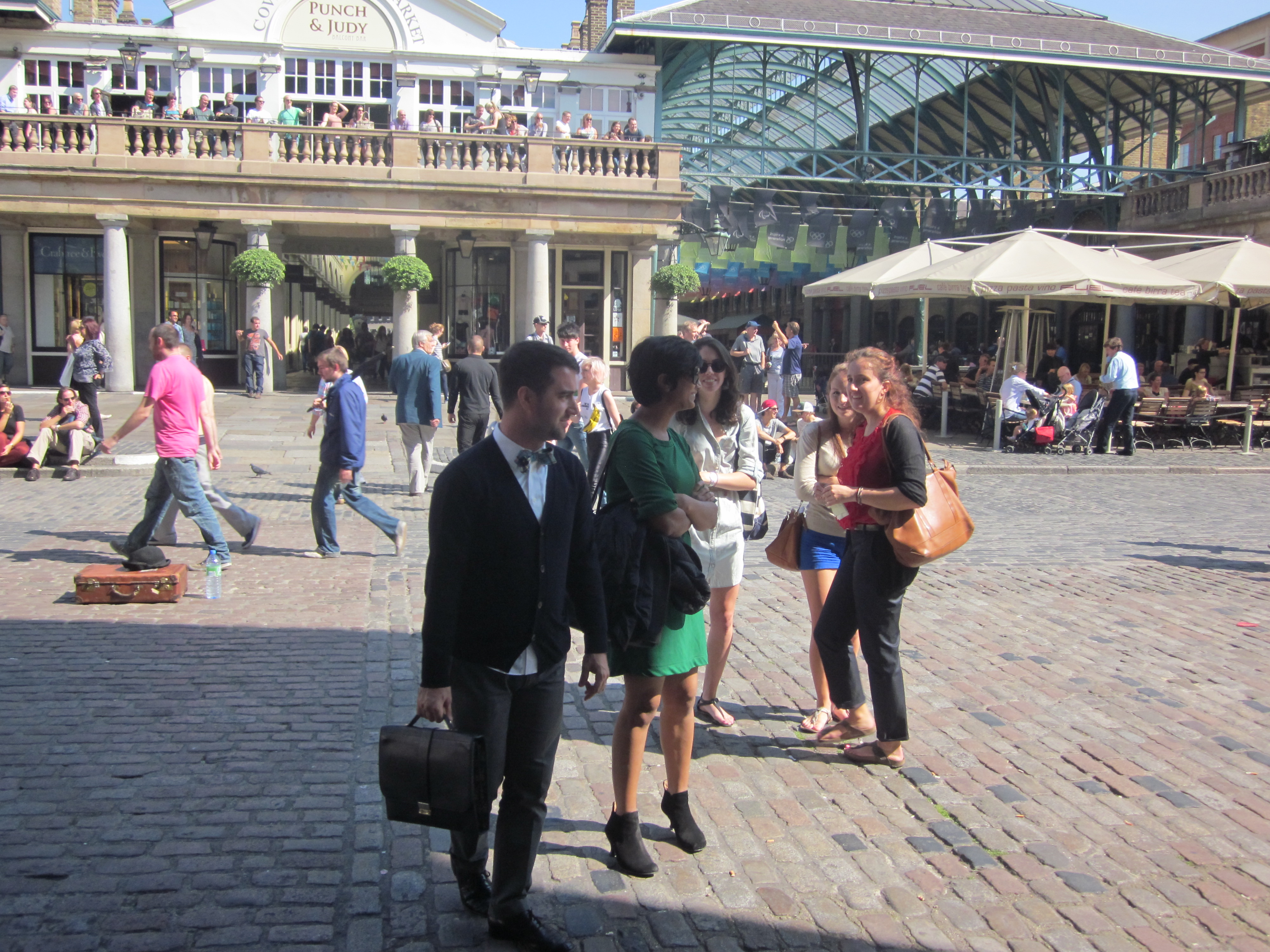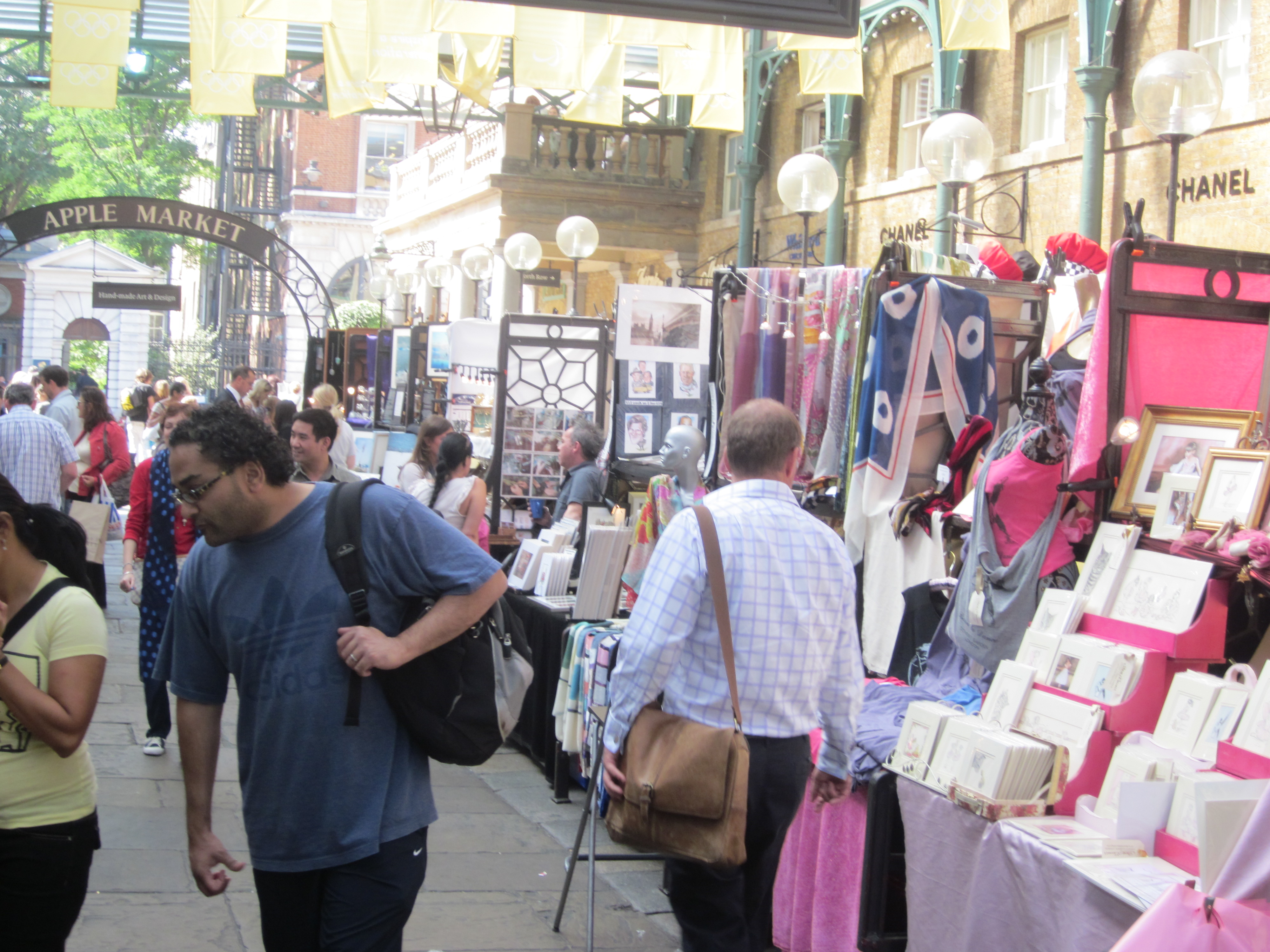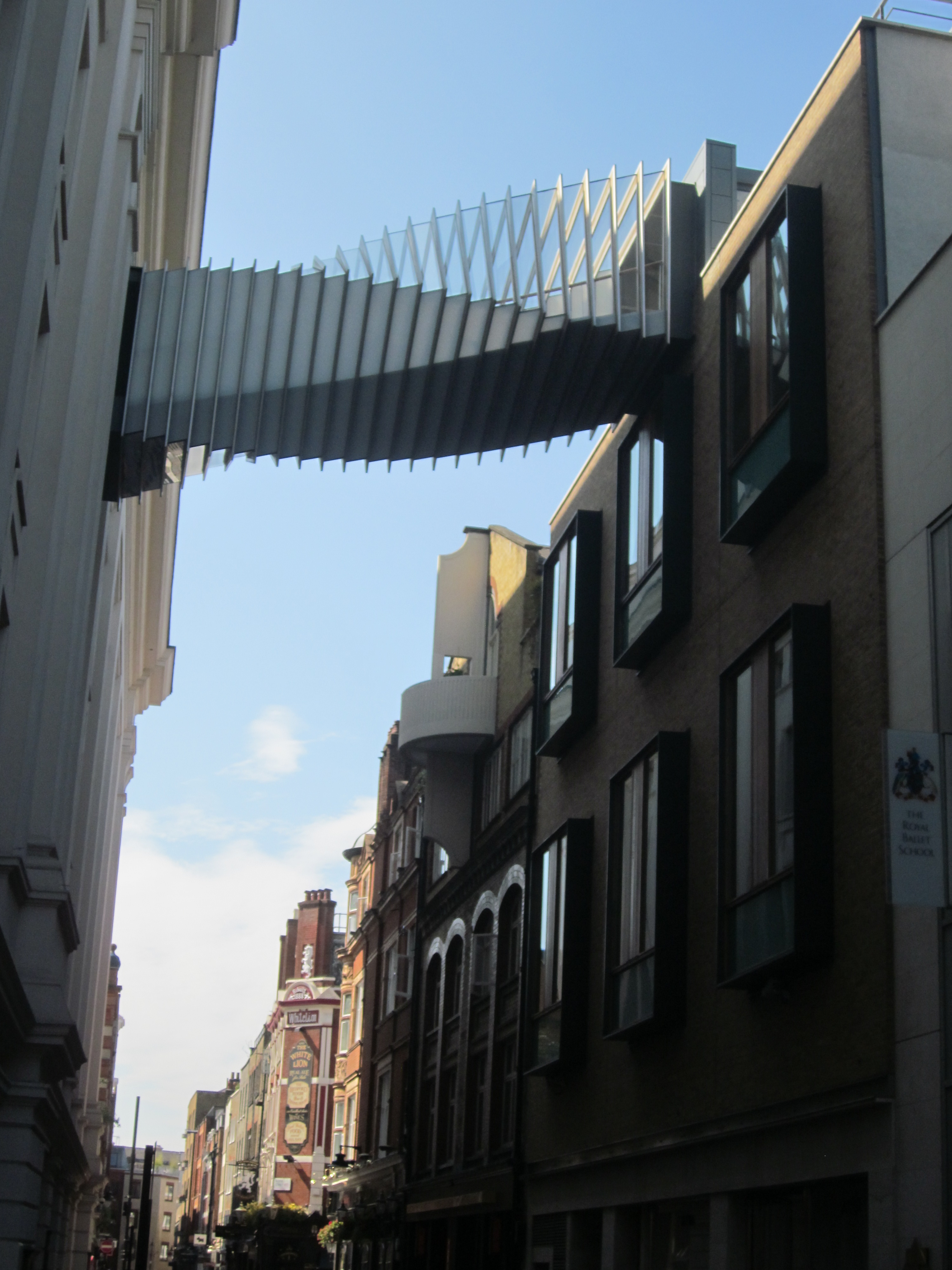THE FIRST REGENERATION AREA?
Celebrating URBED’s 40th anniversary in a stylish meeting place in Dryden Street in the heart of London, the 100 acre area has clearly been transformed. Streets and restaurants now throng with tourists, and everywhere seems full. What were once workplaces for small firms have been converted into luxury apartments. London is enjoying a boom as a World City. Yet four decades ago its population was falling, and attracting investment was very hard. So how has the area’s regeneration been achieved, was it a good thing, and what lessons can be drawn?
As URBED’s original founder, and with backing from David Sainsbury’s Gatsby Foundation, Nicholas Falk started in a floor of a warehouse rented out by local entrepreneur Christina Smith. A few colleagues could also see the potential for applying fresh thinking on ‘adaptive reuse’, by enabling small enterprises to fill the gaps left by the collapse of larger companies. After the fruit and vegetable markets moved south of the river, the old buildings were acquired by the Greater London Council. Community opposition stopped the original proposals for new roads and a conference centre etc, helped by the Government who listed some 270 buildings as well as designating Conservation Areas.
Neighbourhood planning (and development)
In a novel move the GLC, initially with the two boroughs of Camden and Westminster, established the Covent Garden Planning Team, who also managed the development of key buildings. Deputy team leader, surveyor Tim Wacher, recalled a desolate time when there was no private funds for major property investment. But this enabled creative people like architects to take over buildings. They took out clients for drinks or lunch, and sparked the growth of a new evening economy to back up the many theatres. This economic reality chimed with the refurbishment philosophy of the Covent Garden Action Area Plan (1978). Community gardens took over derelict sites, and provided space for festivals. A very active community association helped shape a new comprehensive plan, and Covent Garden’s location on the Piccadilly Line made it effectively the first Transport Development Area. The only way shops could be attracted to take over the limited ground floor premises in the Central Market Building was to ensure they provided what no others did. The Covent Garden Area Trust took over buildings for a nominal rent that are let as market spaces, and help fund community facilities.
URBED’S contribution
URBED organised the exhibition Covent Garden Can Make It in 1976, set up a Space Exchange to help businesses get and sublet small spaces, and started up the first programmes to train and support entrepreneurs. We also used action research to influence government policy, for example through my Fabian Pamphlet Think Small: Enterprise and the Economy. We encouraged embryonic developers such as Gillian Harwood and Eric Reynolds by sharing experience. Licences on ‘easy in easy out’ terms were the key. Firms such as Rock Townsend developed 5 Dryden Street as a working community, where young architects like Alan Stones got a break. But as demand and rental values rose, so we and other pioneers had to move out.
John Worthington, co-founder of architects and space planners DEGW, recalled the research programme into Reusing Redundant Buildings for Small Enterprise first published in the Architects Journal. This showed how the shapes of buildings determined their uses, and how an incremental approach could bring problem buildings back into use, was later republished as a book
Regeneration through heritage
City and cultural expert Charles Landry, who was running Comedia at the time, gave a keynote presentation with a stimulating set of images. He said URBED has moved from the rearguard to the vanguard of a creative movement to adapt old buildings to new uses. The idea of heritage having value has taken off around the world, and Covent Garden has become iconic. Heritage and creativity go together, and while creativity is renewable, heritage is not. New ideas flourish in old places that are flexible and easy to adapt, and these areas then become popular places to visit, and values escalate.
Creative enterprise
Concern was expressed about whether the community lost out. 40 years ago it comprised some 3,000 households and 30,000 workers in 1500 firms. Norman Beddington pointed out that the GLC achieved its housing objectives thanks to taking over properties and funding development, as planning alone would have been too weak to achieve balanced growth. Ronnie Lessem, an initial director, recalled some eight or nine clusters that traded with each other, and, for example, the timber yard provided the wood for scenery, while costumiers and sword makers worked for the Royal Opera House. Covent Garden was truly a creative quarter at that time, and URBED saw how the ‘knowledge economy’ could be as a force for regeneration. His work on Linking the College with the Community has taken off in Commonwealth countries, but was ahead of its time in the UK.
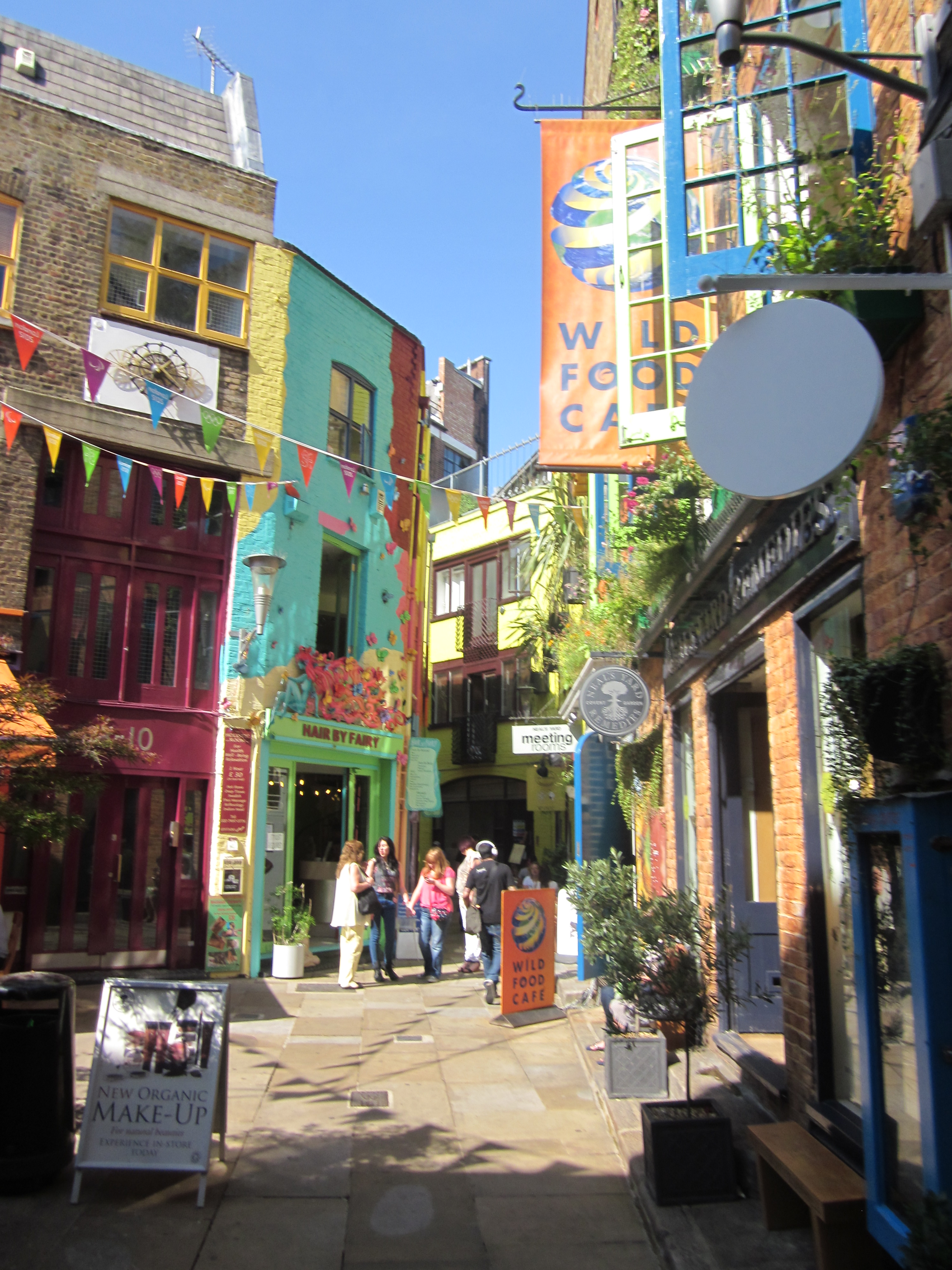
Visions into reality
URBED’s distinctive approach was to combine action research with experimental initiatives or taking risks. The seven level Vision to Reality model evolved has since been used to transform both people and places, for example in Little Germany in Bradford. The company is now run as a planning and design cooperative from the top floor of a warehouse in Central Manchester in the Northern Quarter, an area undergoing a similar transformation to Covent Garden. As Liane Hartley, founder of new creative enterprise MEND, remarked at the end, regeneration is about ‘releasing the genius of a particular place’, which is all about relationships. This first event certainly allowed relationships to be renewed, and even stimulated some new ones. The second event in Bradford on May 20th will deal with ‘Rescuing Industrial Quarters’.
